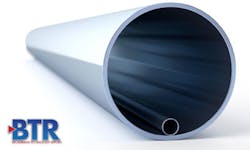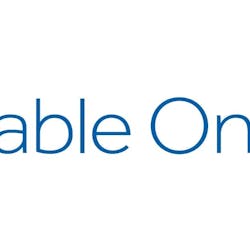At CES earlier this month, the cable industry trumpeted its intent to raise the bar to 10G broadband speeds, and it was made clear that this was a goal the entire industry would work together toward.
One component necessary for a 10G platform is a way to backhaul traffic from subscriber residences to hubs and the core network. And one way could be utilizing point-to-point coherent optics. CableLabs released its P2P Coherent Optics PHYv1.0 in June, and in December hosted a related Interop-Labs event.
"Point-to-point coherent technology is starting at 100 Gbps," said Curtis Knittle, VP, wired technologies, CableLabs. "We are close to releasing version 2 of the standard, which will provide 200 Gbps, over a single wavelength. (We) need this much capacity to backhaul the (amount) of traffic that will be provided to subscribers."
The Interop event attracted nine manufacturers from the coherent optics space, including Acacia Communications, ADVA Optical Networking, Ciena, Finisar, Fujitsu Optical Components, Inphi, Lumetum, NeoPhotonics, and NTT Electronics. The companies represent both silicon and module/system makers. Each brought a coherent optics transceiver to the table to be tested for interoperability.
Interops are not new for CableLabs, but the coherent optics space is a newer outlet. "In the middle of the event, one of the manufacturers pulled me aside and said how amazing of an opportunity it was to be able to work with people who are otherwise competitors to work out issues," said Matt Schmitt, principle architect, CableLabs.
Interesting for cable operators is that the P2P solution is intended to use already-deployed fiber. "With different equipment on the end of the fiber, (they can go) from gigabits per second to (potentially) terabits per second," Schmitt said.
Knittle pointed out that in the past in this space, CableLabs hasn't specified a device like a transceiver. "Usually (we would deal with) a device that would hold the transceiver. In this case (we are) down in the nuts and bolts, and it proved to be very successful for us."
By the end of the event, the companies had all achieved some level of interoperability among their devices. CableLabs intends on holding more Interop events in the future for compliance validation against the specification, for example, and to work the components into larger network setups. Of course, there will be Interop events for the next generation of the specification, too.
"I would highlight that this is a group effort that CableLabs could not do alone," Schmitt said. "(We need) the contributions of members, who understand their business, and the manufacturers. If they didn't bring their knowledge and build the products, these events wouldn't be successful."





